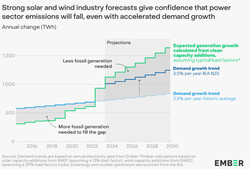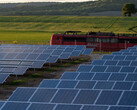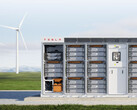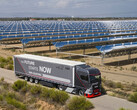From just 0.2 percent in 2000, the contribution of wind turbines and photovoltaics alone has increased worldwide to more than 13 percent by 2023, according to the annual report by the think tank Ember, which documents the development of global energy production.
Thanks to a high proportion of hydropower plants, the share of renewable energy sources now stands at 30 percent. If you add nuclear energy, which after all can be operated CO2-free, biogas and geothermal energy, the share is as high as 40 percent. However, wind and solar energy are almost exclusively responsible for the growth of the entire sector.
According to the report, the increase here was around 500 terawatt hours, which is roughly equivalent to the consumption of a large industrialized country such as Germany or Canada. If we take the plants already known and planned for 2024, the growth for the current year is even expected to double to almost 1,000 terawatt hours.
Although this has not stopped the expansion of fossil fuels, it has visibly slowed it down. In the last ten years, the share has risen by just over 1 percent. In the ten years before that, it was significantly more than 3 percent. This corresponds to a slowdown of around 60 percent, while energy production from wind and solar quadrupled in the same period.
The amount of expansion is now in the range that is needed annually. While OECD countries, among others, have largely been able to reduce their overall consumption, it is increasing in other parts of the world. By 2024, however, it can be assumed that significantly more wind turbines and solar cells will be installed than are needed. This means that other energy sources can actually be switched off from this point onwards.
In addition, most of the additional demand can be attributed to the consumption of electric cars, heat pumps and air conditioners. In 2023 alone, 14 million electric cars were added worldwide, meaning that there are now around 40 million on the road. A further increase in electricity production is therefore urgently needed. According to the Ember report, the target of 60 percent renewable energy supply by 2030 could actually be achieved based on current trends, even if this would mean a further tripling if the increasing demand is not disregarded.
However, this does not even take into account the positive side effects. For example, electric cars and heat pumps are much more efficient than their fossil-fuel counterparts. Even generating electricity from natural gas or coal for these purposes reduces CO2 emissions, albeit only slightly. If the electricity comes solely from renewables, which will probably be the case for the first time in 2024, the emissions balance will be even more positive. Not bad prospects at all.
Source(s)
Ember via CarbonBrief



















